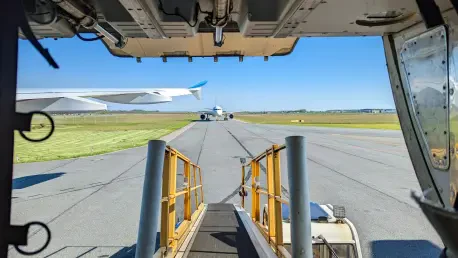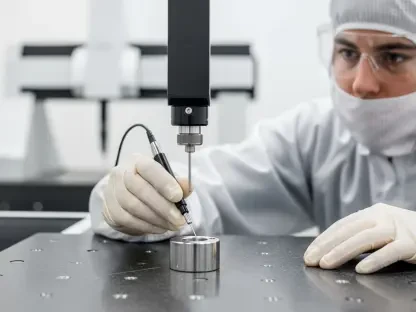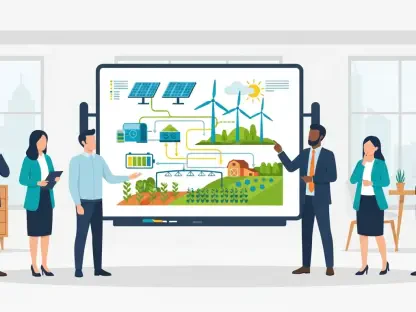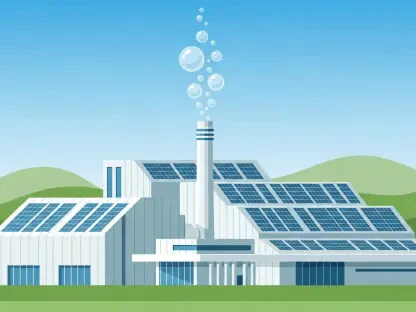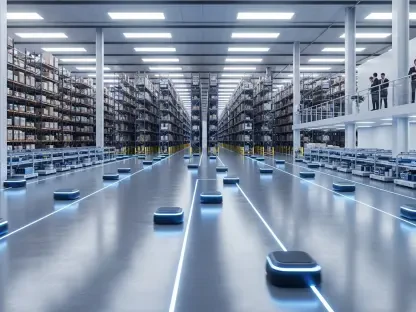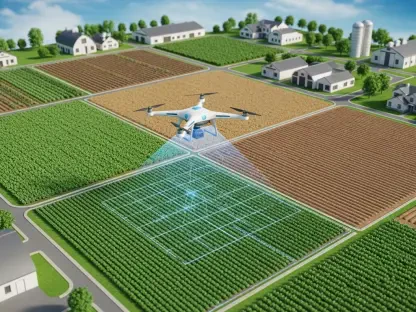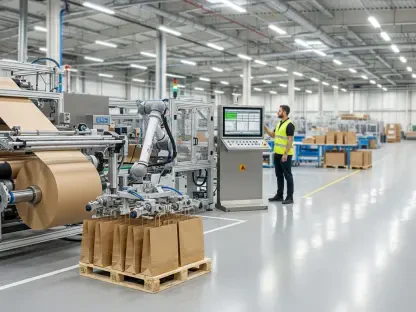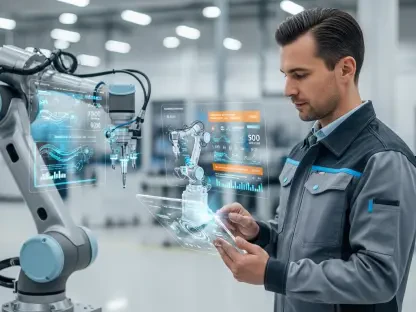What happens when the backbone of clean energy—massive wind turbine blades—can’t reach the remote sites where they’re needed most? In 2025, the renewable energy sector grapples with a logistics crisis that threatens to stall progress toward global sustainability goals, as turbine blades now exceed 100 meters in length, far beyond the limits of traditional road and rail systems, causing project delays and soaring costs. Enter WindRunner, a colossal cargo aircraft designed by Radia to tackle this very challenge. This innovative solution promises to transform how oversized components are transported, potentially unlocking a new era for wind energy and beyond.
Why Should the World Pay Attention to a Giant Cargo Plane?
The renewable energy boom hinges on more than just innovation in power generation; it’s equally about getting equipment to the right place at the right time. WindRunner isn’t just another aircraft—it’s a potential lifeline for an industry struggling with outdated transportation methods. As wind farms expand into isolated regions, the inability to move massive components efficiently has become a critical barrier. This aircraft, with its unprecedented scale, could be the key to bridging that gap, raising questions about how logistics can shape the future of clean energy.
The stakes are high in a world racing to meet carbon reduction targets. Delays in wind farm construction due to transport issues translate to missed opportunities for cutting emissions. WindRunner’s arrival on the scene sparks curiosity: could a single piece of engineering solve a problem that has plagued the sector for years? Its potential to redefine supply chains extends an invitation to explore how such a bold idea might shift the trajectory of renewable energy deployment.
The Mounting Struggles of Moving Renewable Energy Components
The wind energy sector faces a daunting reality as it scales up to meet global demand. Turbine blades, some stretching over 100 meters, are too large for most existing infrastructure, creating bottlenecks on roads and railways not built for such loads. These limitations often force companies to disassemble components for transport and reassemble them on-site, inflating both time and expense while risking project deadlines.
Remote wind farm locations only compound the issue. Many sites, chosen for optimal wind conditions, lie far from major transport hubs, requiring complex and costly detours. Industry leaders have sounded the alarm, with figures like Siemens Gamesa’s COO Tim Dawidowsky noting in recent discussions that supply chain constraints could drive up turbine prices by as much as 20% if left unaddressed. This paints a clear picture of an industry at a tipping point, desperate for a breakthrough.
WindRunner’s Ambitious Answer to Oversized Cargo Woes
Developed by Radia, WindRunner stands out as a tailor-made solution to the logistics nightmare of oversized cargo. Boasting a cargo capacity of 7,700 cubic meters—ten times that of a Boeing 777—and a payload capacity of up to 80 tons, it’s built to carry wind turbine blades exceeding 105 meters in length. Its ability to land on unpaved runways as short as 1,800 meters means direct delivery to remote sites, sidestepping the need for extensive ground infrastructure.
Beyond sheer size, the aircraft’s design prioritizes practicality for challenging environments. It aligns with initiatives like GigaWind, which seeks to bring offshore-scale efficiency to onshore wind projects by enabling the use of taller, more powerful turbines. This could result in a dramatic increase in energy output, potentially cutting costs for developers and consumers alike. WindRunner’s versatility also shines through in its capacity to serve other sectors, from military operations to disaster relief, showcasing a broader impact on heavy cargo transport.
The implications of such a tool are striking when considering real-world applications. Imagine a wind farm project in a rugged, isolated region, previously delayed by months due to transport issues, now completed on schedule thanks to direct aerial delivery. This capability not only saves resources but also accelerates the shift to sustainable energy sources, offering a glimpse into a more efficient future for industrial logistics.
Expert Insights on WindRunner’s Game-Changing Potential
Can this giant aircraft truly deliver on its lofty promises? Voices from across the industry provide a grounded perspective. Radia’s founder, Mark Lundstrom, has described WindRunner as a platform engineered to move the largest items to the most inaccessible locations, emphasizing its role as a problem-solver. With over $150 million already secured from investors like LS Power and ConocoPhillips, and a current funding round targeting up to $300 million, financial confidence in the project is evident.
Strategic partnerships further bolster credibility. Collaborations with aerospace giants like Leonardo and Aernnova bring expertise in design and certification, ensuring the aircraft meets rigorous standards. Milestones on the horizon, including a public reveal at the Paris Air Show this year and a first flight targeted within the next four years, offer a tangible timeline for progress. Industry analysts also highlight the urgency of such innovation, pointing to supply chain disruptions as a persistent threat to clean energy expansion.
Skeptics remain, questioning whether the aircraft can overcome regulatory and operational hurdles. Yet, the consensus among experts leans toward cautious optimism, with many viewing WindRunner as a necessary step in addressing systemic logistics challenges. This blend of enthusiasm and scrutiny underscores the high stakes tied to the project’s success, painting it as a focal point for industry watchers.
What WindRunner Means for the Future of Energy Access
For communities and businesses reliant on renewable energy, WindRunner’s impact could be transformative in practical ways. By slashing the time and cost of last-mile logistics, it promises to make wind energy more affordable, potentially lowering electricity bills for end users. This cost reduction could encourage wider adoption of clean power, especially in regions previously deemed too remote for large-scale projects.
The aircraft also paves the way for deploying next-generation turbines with longer blades, which Radia claims will deliver a significant boost in energy production. For project developers, this means higher returns on investment and the ability to power more homes and businesses with fewer installations. Rural areas, often overlooked due to logistical barriers, stand to benefit most as wind farms become viable in places once considered unreachable.
Looking beyond energy, the ripple effects touch other critical areas. Disaster relief operations could see faster delivery of essential supplies to crisis zones, while industries like aerospace might leverage the aircraft for transporting massive components. This broader utility invites consideration of how such a tool could reshape not just energy access, but global connectivity in times of need, making its relevance undeniable to a wide audience.
Looking back, the journey of WindRunner reflects a bold response to a pressing crisis in renewable energy logistics. As challenges mounted with oversized cargo and remote project sites, this aircraft emerged as a beacon of innovation, backed by substantial investment and industry expertise. Its story underscores a pivotal moment when the sector dared to rethink transportation. Moving forward, stakeholders are encouraged to track its development over the coming years, advocate for policies supporting such advancements, and consider how similar solutions could address other bottlenecks in sustainability efforts. The path ahead demands collaboration and vigilance to ensure that tools like WindRunner can fulfill their potential in building a cleaner, more connected world.
